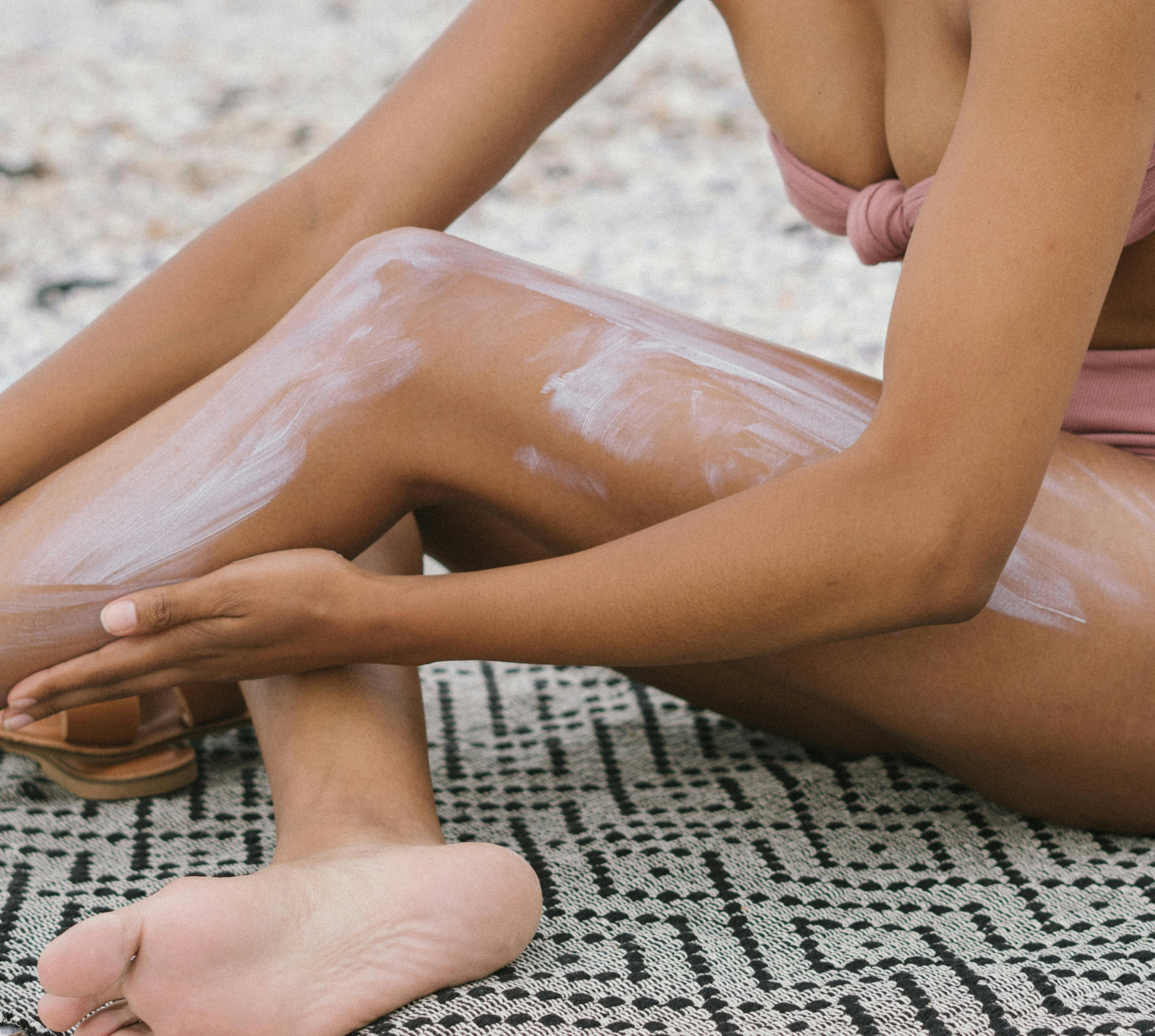Sun-Kissed and Ready: Your Ultimate Guide to Sun Protection

It’s true – there’s no such thing as a ‘safe tan’, but there are ways to protect your skin against the powerful UVA and UVB rays of the sun (starting with your bestie SPF, of course). Sunscreen, sunblock, sun cream – whatever you call it where you live – it’s your daily companion that prevents UV rays from getting into the skin, reducing the risk of sunburn, and skin cancer and lowering the chance of sunspots and minimising signs of ageing.
Ahead, learn the importance of limiting sun exposure, as well as our top tips for staying safe outdoors (even on cloudy days!)
What’s the difference between UVA and UVB rays?
Wondering how sunscreen works? Well, it’s formulated to prevent UV (Ultraviolet rays) from penetrating the skin.
UVB rays cause direct damage to skin cells that results in sunburn – this is what results in the majority of DNA damage. Long-term, those cells may become abnormal and could become cancerous.
On the other hand, UVA radiation doesn’t burn the skin like UVB, so we may not even realise there is skin damage. UVA is what can contribute to the development of skin cancer; it does this by weakening the skin’s immune responses and checking mechanisms. This means that the results of some sun damage may only appear years later.
How to choose the right SPF
SPF stands for Sun Protector Factor. It is a measure of how well it protects the skin from sunburn. However, as many of us have found out the hard way (i.e., sunburned tomato skin) it’s not a ‘set-and-forget’ kind of thing. Sunscreens need to be applied liberally to achieve the SPF protection claimed on the label.
There’s a misconception that any SPF product equals protection, but it truly depends on where you live, the weather forecast, the time of day, and of course – your skin type! For example, in regions with intense sunlight like Australia, where summers can be extremely hot and UV exposure is high, a higher SPF (such as SPF50+) is often recommended for adequate protection against sunburn and skin damage. Additionally, in terms of catering to skin types, not all sunscreen products were made equal. For example, if you have oily skin, you may need to source a non-comedogenic or matte sunscreen. Or, if you have sensitive skin, you may see the value in opting for sunscreens that are specially formulated for your skin type – ones that even have ‘fragrance-free’ on the label.
☀️ Sundae's sunscreen range:
Let's Get Tropical Whipped SPF50 Sunscreen
Sensitive Whipped SPF50 Sunscreen
How often should I apply sunscreen?
If you’re spending time outdoors, it’s recommended that you reapply every two hours. Its efficacy can also be lost, so it’s best reapplied after sweating, swimming or towel drying – you know, if you’re playing a sport, or spending time at the beach.
How to protect skin from the sun
The best way to keep your skin looking radiant and to protect it from the sun is to:
- Reapply sunscreen as often as recommended
- Avoid sun exposure during peak hours
- Wear protective clothing such as a hat and sunglasses
- Seek shade whenever possible.
It’s also important to stay hydrated and keep the skin moisturised after any sun exposure to maintain skin health.
👉 More reading to keep you sun safe this summer:
🔹 Tips For Prepping & Pampering Your Skin This Summer
🔹 After Sun Skincare 101: Your Qs Answered
🔹 Exploring Different Types of After Sun
Living somewhere where the sun often shines? Just be sure to have fun in the sun – responsibly. And remember that sunscreen is JUST as important on cloudy days, so make it your everyday companion, and your skin will thank you in 5, 10, 20, 30+ years! (Really, it will!)
Happy Sundae x
Enjoy a dollop of luminous hydration 👇
Very Berry Body Whip Moisturiser | Perky Plum Body Whip Moisturiser | Just Peachy Body Whip Moisturiser | Watermelon Whirl Body Whip Moisturiser
Written By: Lizzie Waley (Sundae Co-Founder & Body Care Enthusiast) | LinkedIn
Fact Checked: Charnnie Frimpong (Sundae Content Marketing Manager) | Linkedin

